Historic discovery in Hungary: 1,100-year-old female buried with weapons sparks debate

The fearsome Magyar (Hungarian) warriors of the medieval era, known for their unmatched skills as mounted archers, left behind a fascinating legacy of graves filled with bows, arrows, and other armaments. Yet, a new discovery at the Sárrétudvari–Hízóföld cemetery in Hungary has shaken conventional interpretations of these burial sites. Archaeologists have unearthed a 1,100-year-old female skeleton, identified as SH-63, buried with weapons, raising intriguing questions about her role in society.
A female buried with weapons – a warrior?
This find is groundbreaking, as female skeletons interred with weapons are exceedingly rare worldwide. According to IFLScience, while it might be tempting to envision her as a warrior, researchers advise caution, noting that such a conclusion requires more evidence. The burial, dating back to the 10th-century Hungarian conquest period, reveals a blend of male-associated items, such as armour-piercing arrowheads and quiver fragments, alongside jewellery and a hair ring typically linked to women.
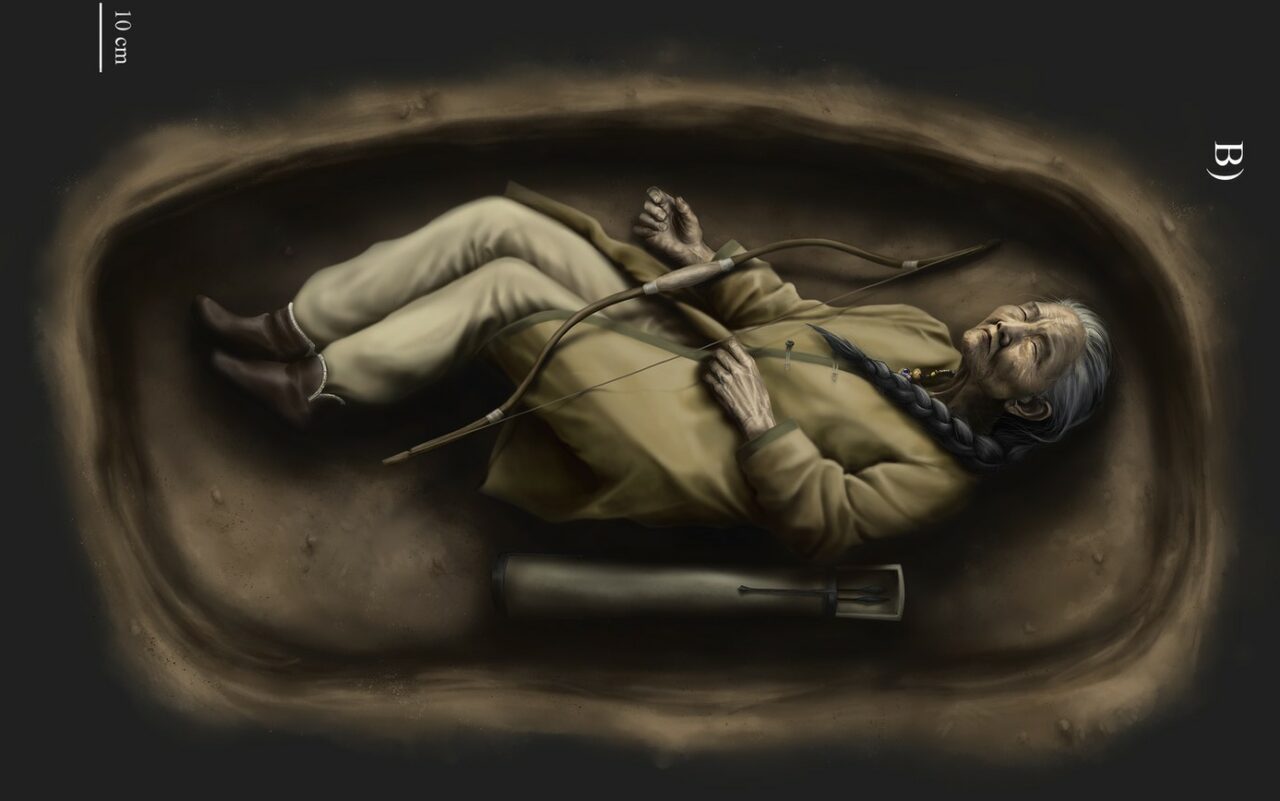
The ambiguity surrounding her identity prompted scientists to perform genetic and morphological analyses, which confirmed SH-63’s biological sex as female. Despite the poor condition of the bones, the researchers noted physical markers in her upper limbs and joints that resemble those found on male skeletons associated with horse riding and combat activities. These features hint at a lifestyle potentially similar to her male counterparts buried with weapons.
First-of-its-kind discovery
This discovery is the first of its kind in the Carpathian Basin, where no other female burials with armaments from this era have been documented. While her social status or warrior occupation cannot be definitively determined—due to the lack of written records confirming such roles—the find challenges existing narratives about gender roles in the Hungarian conquest period.
The researchers remain cautious but open to interpretations, emphasising that SH-63’s burial raises more questions than it answers. Was she truly a warrior, or were the weapons symbolic or ceremonial? For now, the debate continues. Published in PLOS ONE, the study highlights SH-63 as a significant and enigmatic figure in the archaeological record, offering a glimpse into the complexity of medieval Hungarian society.
Photo gallery
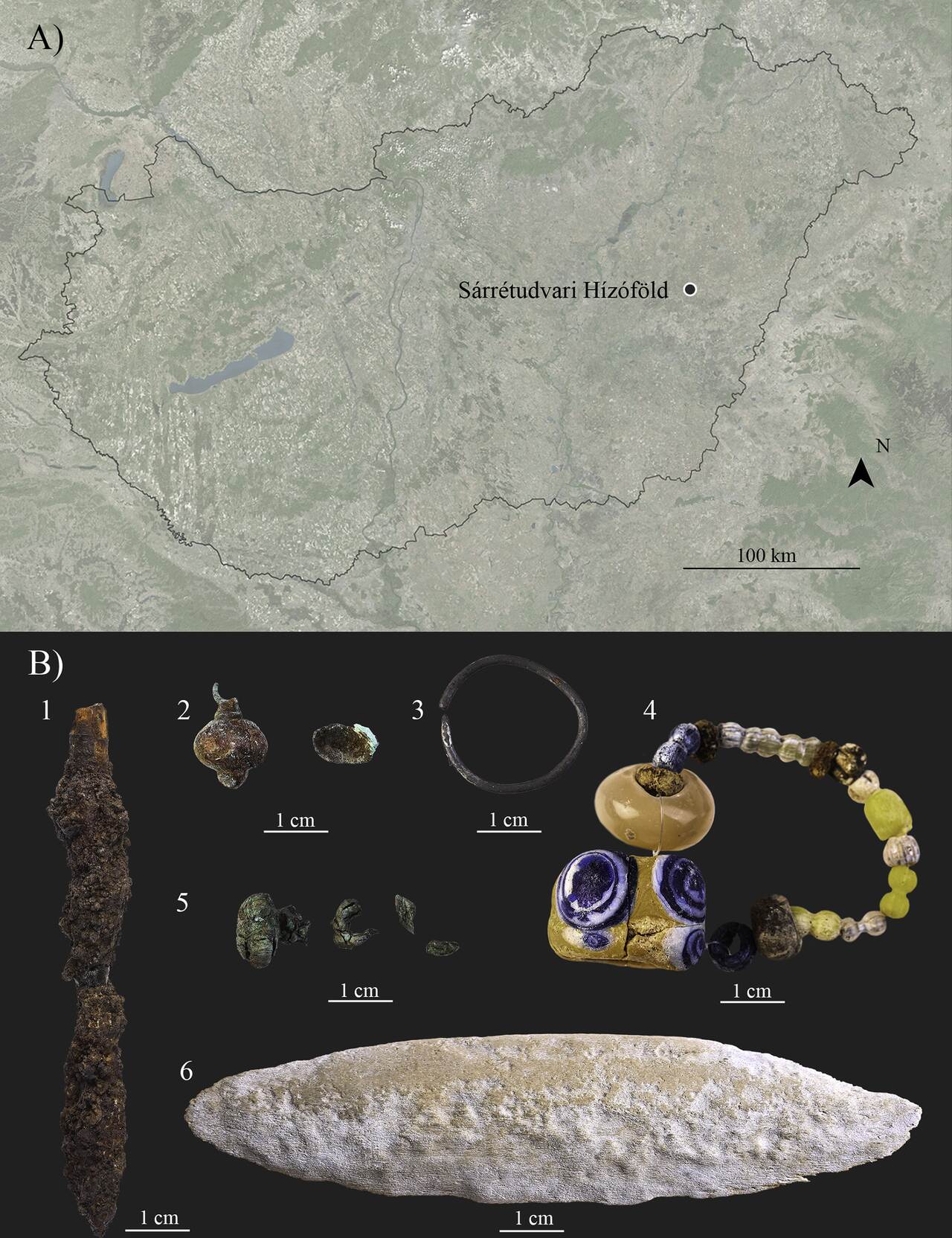
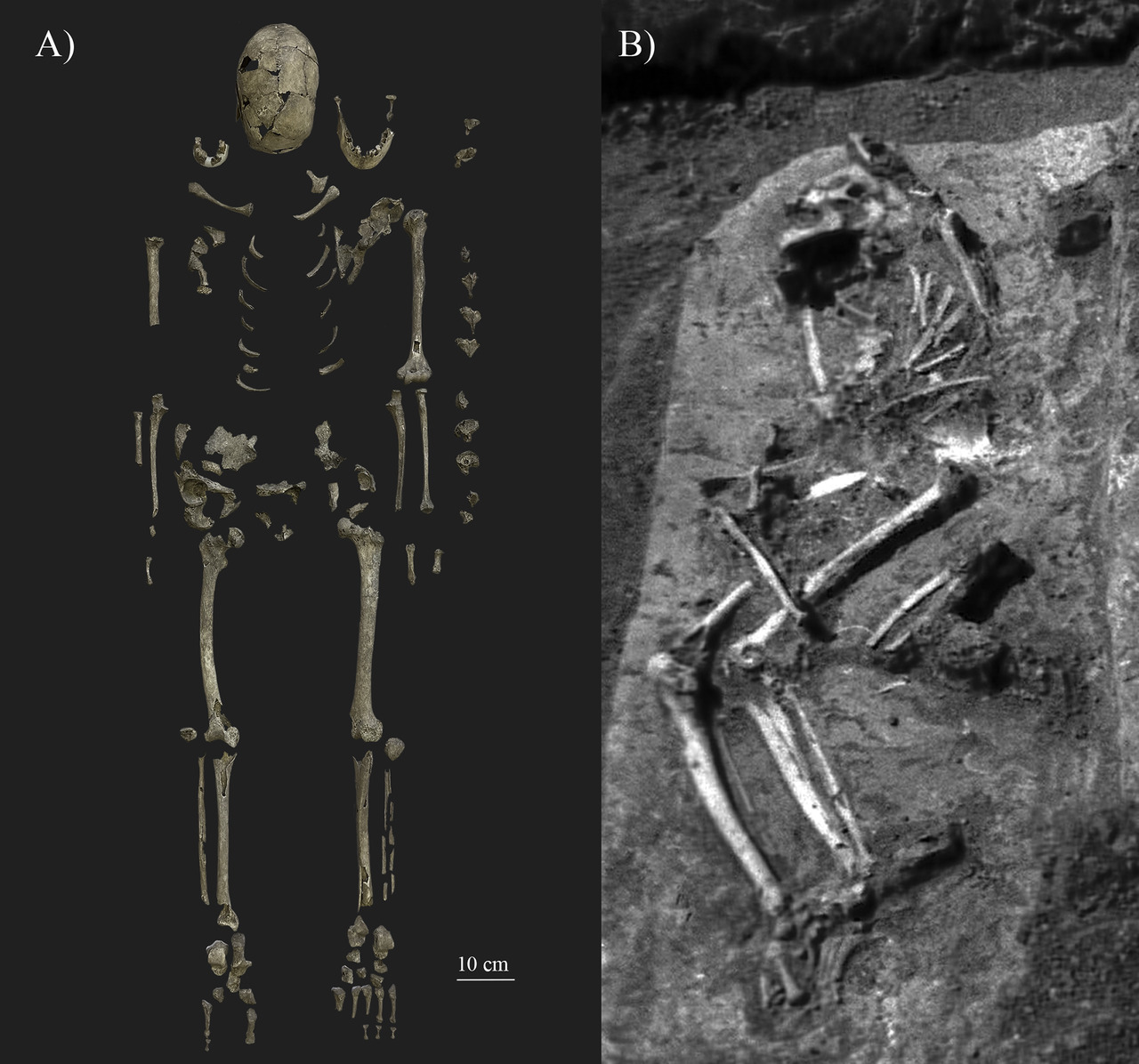
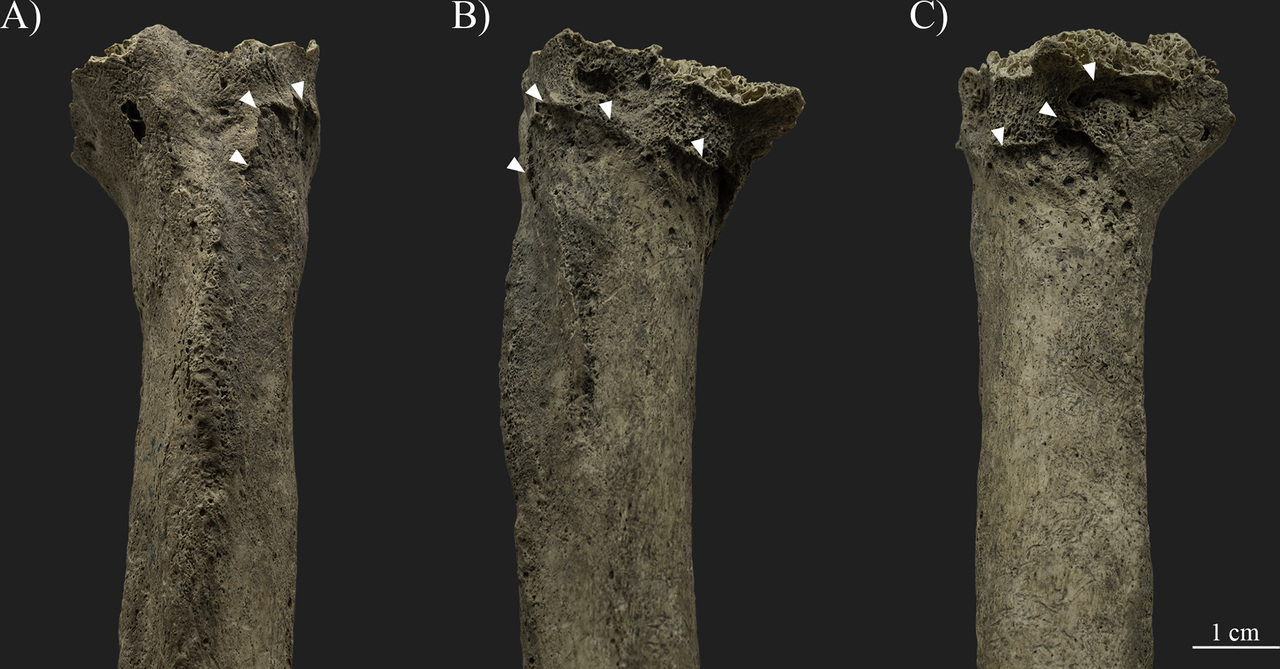
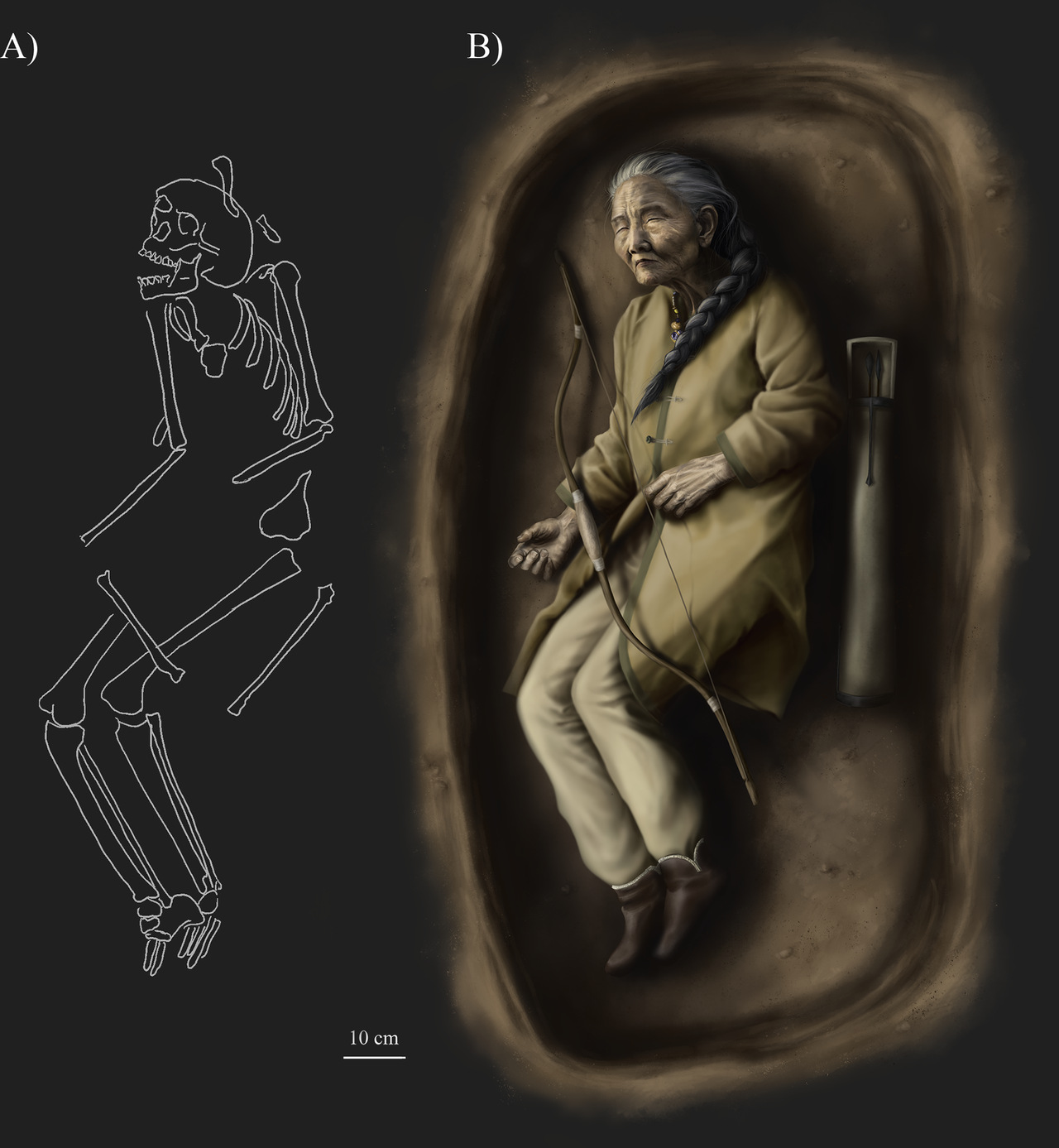
Read also:
- Sensational find: Hungarian archaeologists find communion set and hidden medieval treasures – PHOTOS
- Remarkable cabasset helmet found in Visegrád during archaeological excavation – PHOTOS






Around the planet new finds constantly require re-thinking of previous threories. I would suggest that historical stories tell of both men taking trad female roles & vice versa. A way to survive certain situations, a way to use inherant skills or intersts to the best result, a way to hide in plain site for self protection….. I am a female carpenter here in Canada. It is partly my childhood upbringing in Hungary amongst my craftsmen relatives who helped to raise me after my own parents escaped shortely after my birth, leaving me behind. It is partly due to being a single mother here and knowing that trades give people a chance to build, own their own homes, and make large incomes as career paths. So I educated in trades, own 6 properties now in a place where many can’t afford even a tent to get out from under the snow. Women have always had to adapt to situations, perhaps this find just shows that that has always been the case. U do what U must!